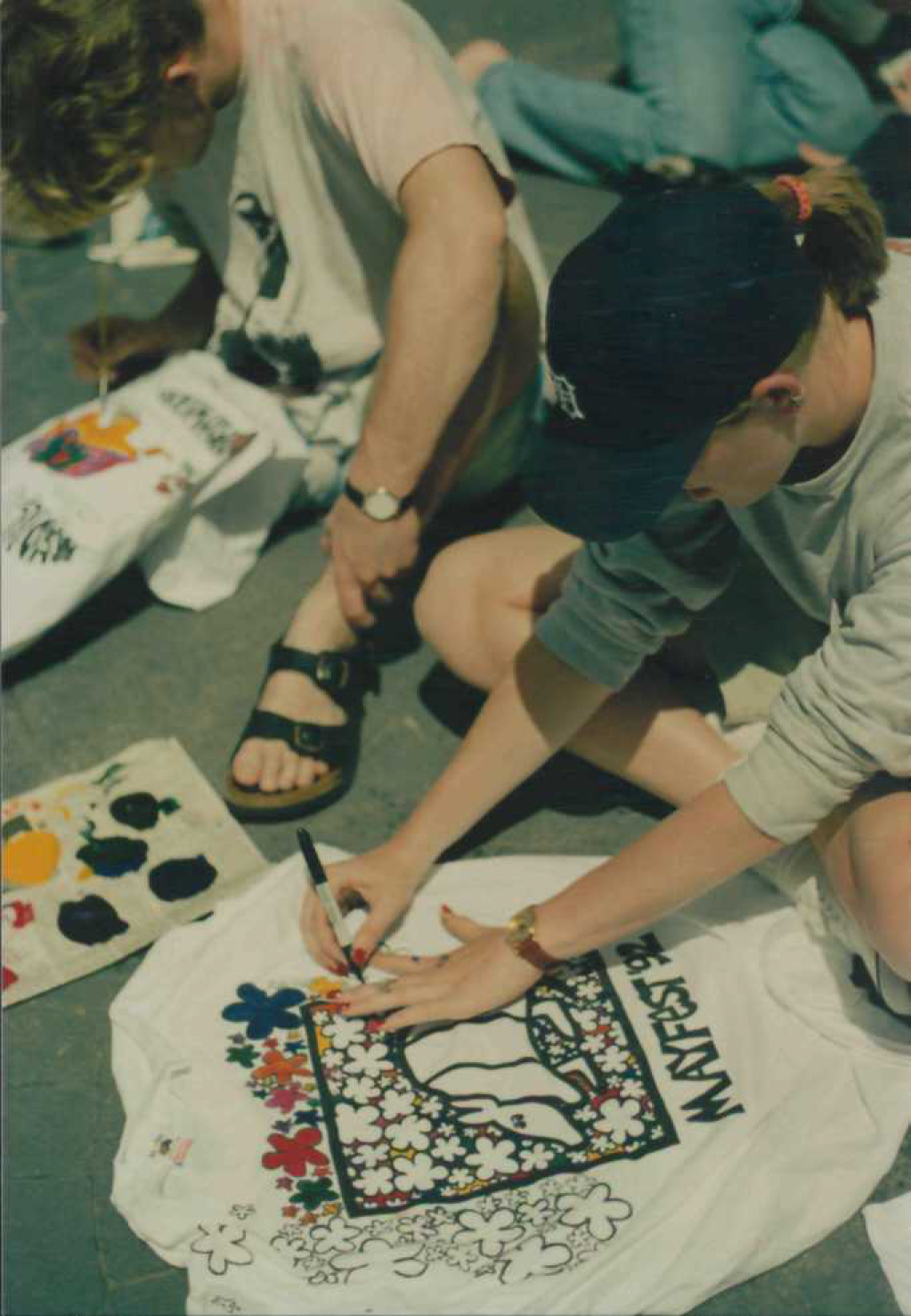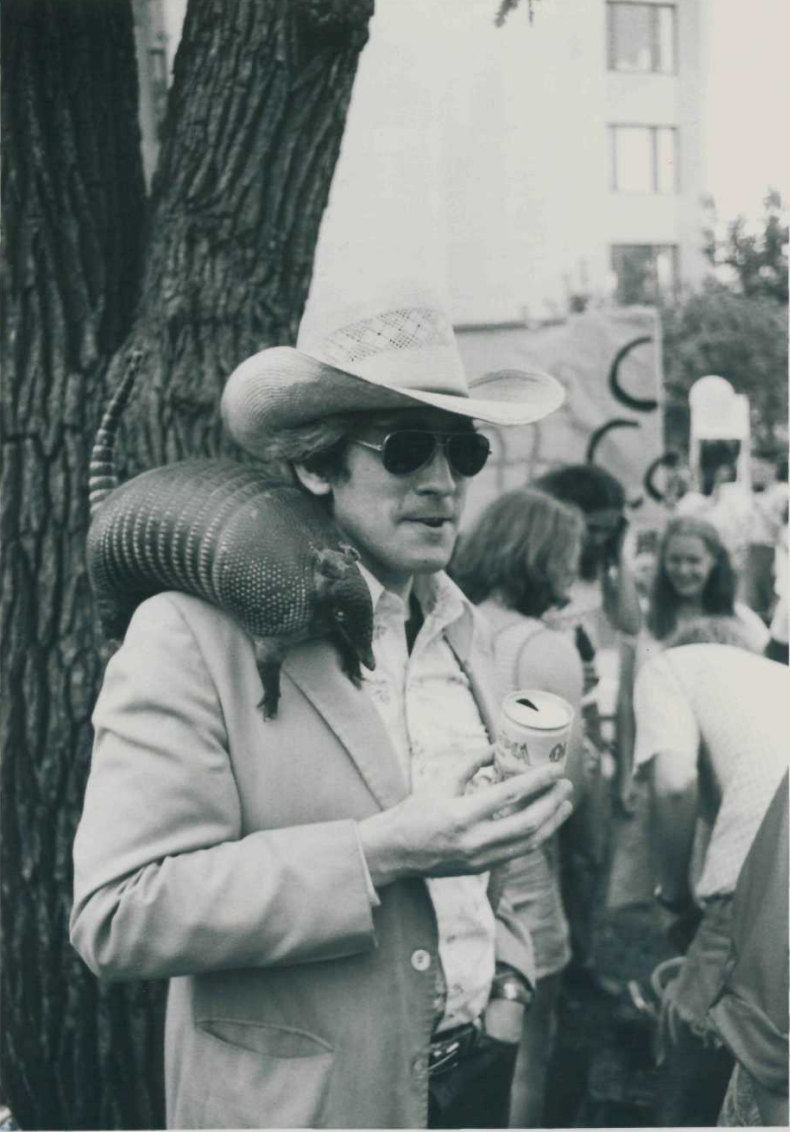The Story of the Dillo Armadillo
By Virginia Nowakowski It still feels like March in Evanston. There’s no guarantee what the weather will look like tomorrow, or even this afternoon. But we must push on and start breaking out the bro tanks and practicing the perfect pacing of alcohol, rain or shine. That time-honored Northwestern tradition, Dillo Day, quickly approaches.
Most people immediately associate Dillo Day, short for “Armadillo Day”, with a Saturday full of partying in glorious amounts of music and sunshine (though last year was devoid of either element). But few students stop to wonder: why is this tradition named after a desert mammal that wouldn’t be caught dead in the brutal Chicago cold?
According to Northwestern, the musical tradition began with May Day celebrations. The day-long celebration, featuring Maypole dancing and a May Queen, grew into a week-long event by 1954 with activities for the entire campus, including concerts and a carnival. By the 1960s, there were numerous events throughout the month to celebrate “Mayfest.”
Dillo Day entered the Northwestern scene in the spring of 1973 as a kind of opposition to the enormous popularity of Mayfest events. Dan Stout and George Krauso, two students originally from Texas, created the group Armadillo Productions. It was named after an Austin performance venue that used the nine-banded armadillo as its mascot.
The first two annual festivals did not have the scope of today’s celebrations. With limited attendance at their two showings and Stout and Krauso’s graduation, Armadillo Productions disbanded.
But this was not the end of Dillo Day. A few years later, Mayfest hosted its own ‘Armadillo Day’ to bring back the tradition begun by Armadillo Productions. Armadillo Day quickly grew in popularity and became the major event of Mayfest’s activities by 1980.
While by no means the centerpiece of festivities, the armadillo remains an important symbol for Dillo Day. It appears on Mayfest’s website, university advertising for the event and student group T-shirts and bro tanks.
Armadillos, translated to “little armored ones” in English, are largely native to Latin America, according to the National Wildlife Federation. Of the 20 varieties known in the world, only one type, the nine-banded armadillo, lives in the United States.
Nine-banded armadillos are commonly found in Texas. They can grow to be a little over two feet long, and normally live for seven to 20 years. When they reproduce, the omnivores tend to give birth to four identical quadruplets.
Although humans have decimated large populations of the armadillo’s natural predators, people have essentially become a predator themselves. Armadillos are common road casualties due to their natural response to danger: jumping. This is effective when the armadillo encounters a coyote, or a cougar. However, when threatened by an oncoming vehicle, the inclination to jump three or four feet into the air hurts both the armadillo and the vehicle as they hit the undercarriage of the car.
Humans also continue to impact armadillo habitats indirectly through climate change. The animals, known for living in Texas and South America, prefer warm climates with grassland or forest areas. But recently, they are living further north as more states’ climates get warmer. Scientists have discovered armadillos as far north as Kansas, Indiana and even southern Illinois. Not much information is available on how they impact ecosystems in their new habitats, but their diet, composed mainly of insects, and occasional nest-raiding behaviors may harm insect and small mammal or turtle populations. They can also pose a nuisance to humans in these areas, as they dig to find their food.
No matter how you are planning on spending this year’s Dillo Day, take some time to learn a little more about its mascot and closely-related cousins. Watch some cute videos in honor of the the creature that helped begin one of Northwestern’s favorite traditions.
[fbshare type="button"] [twitter style="horizontal" float="left"]






